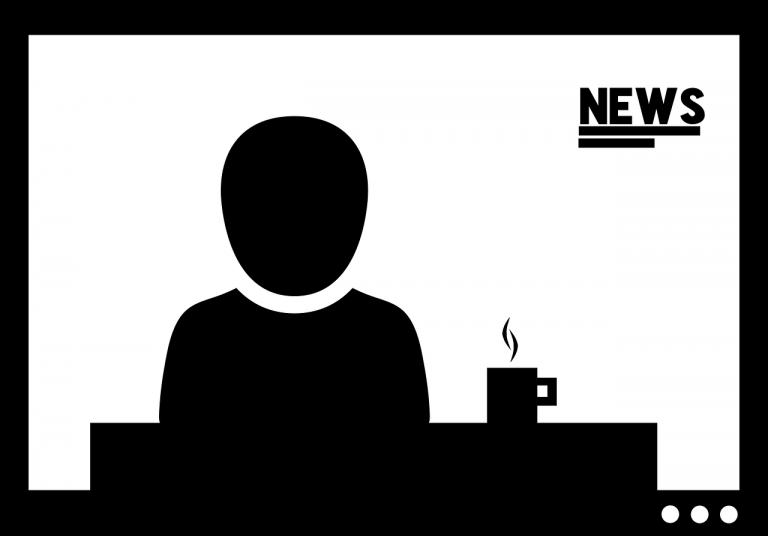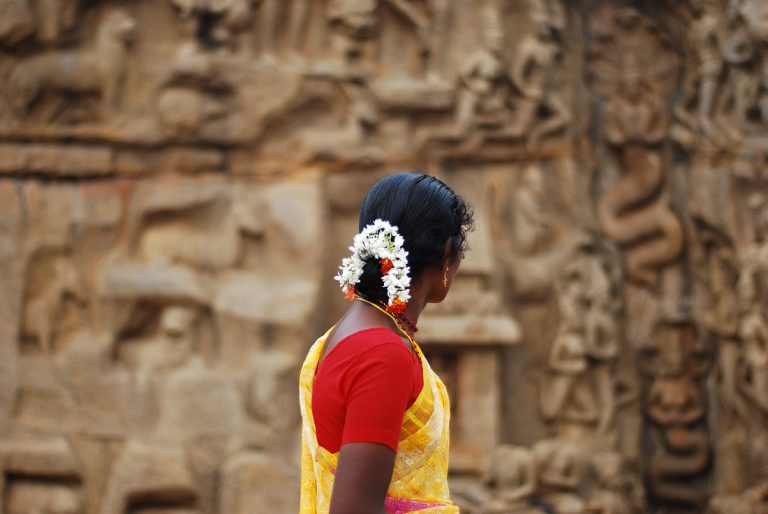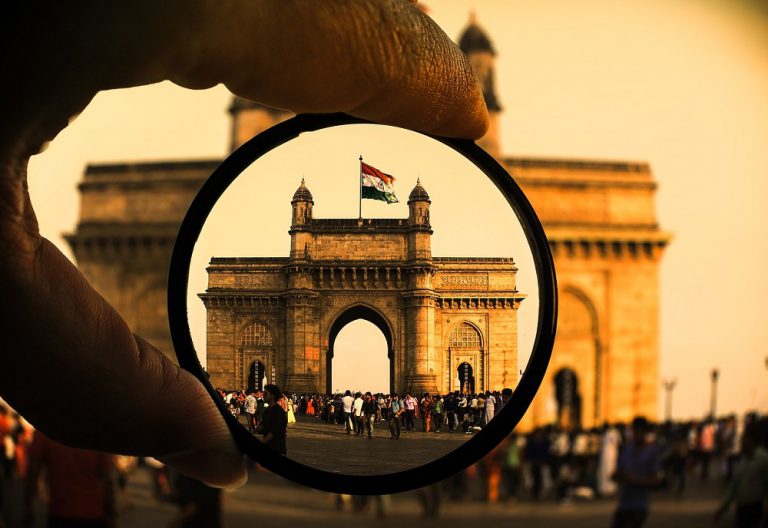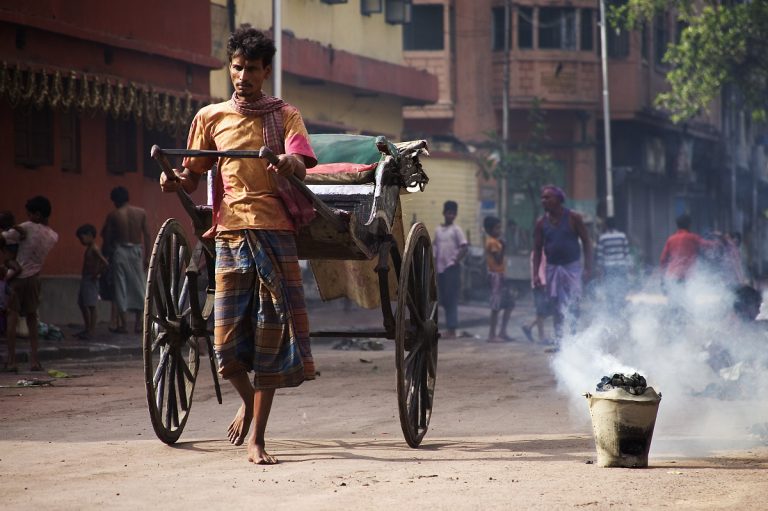Impact of the rise of right-wing politics in India on Institutions
Note: All information and data collected as part of this study are true as of the Budget Session of the Indian Parliament in February 2021
The Bharatiya Janata Party’s (BJP) rise in the Indian political circles has been well documented for a considerable amount of time. But in 2014, a resurgence of sorts caused BJP to come to power for the second time in over 16 years. BJP’s meticulous rise to power marks an era of the political right-wing dominating politics, not only in India but in other notable powers of the world as well.
From winning just 2 seats in the 1984 assembly polls to winning as many as 282 seats in the 2014 assembly elections to single-handedly crossing the 300-seat mark in the more recent 2019 elections, the exponential rise of the BJP in terms of its stature and popularity across the country has meant that its effects were prevalent on other democratic institutions elected and non-elected.
Elected institutions comprise bodies such as the legislature (in which people directly participate in the voting process) to non-elected institutions such as the judiciary and the media (in which people aren’t directly participating in the voting process, but remain important stakeholders in acting as a check and balance system to question every action of the government).
The Beginnings of the BJP
The BJP had its humble beginnings over 40 years ago after it split from the Janata Party and today, it stands as the largest political party in the world with over 8 crore members working from the grassroots to the top echelons of the party. While there exist other notable right-wing organisations such as the Shiv Sena in Maharashtra (notable for their time under Bal Thackrey, who actively voiced out for having pro-Maharashtrian policies and having reservations for people seeking jobs from their state) and the Bajrang Dal exists, what really differentiates the BJP from the rest of the organisations such as these is their nationwide presence. From winning just two seats in the 1982 general assembly elections to single-handedly forming the government in 2019, the party has come a really long way.
In such a case, the 2014 election turned out to be a second coming for the BJP. With aggressive campaigning with slogans such as “Sabka Saath Sabka Vikas” (Together, for everyone’s growth, with everyone’s trust’) and “Acche Din” (Good days are to come) the party managed to strike a chord with the working and the Indian middle classes.
Add to that, programs such as “Skill India” and “Make in India” which aimed at improving the skills of 40 crore Indians under the facets by 2022 and attracting companies across the world to invest on Indian shores thus providing employment to vast amounts of graduates in the country respectively also helped the BJP build a base for itself. Back in 2014, a happening that worked in favour of the Narendra Modi-led BJP was that Modi coming from Gujarat was synonymous with the “Gujarat Model” which made the entire nation turn their eyeballs towards Gujarat as a model of economic growth and development. Gujrat, at that point in time, had been the fastest-growing state in India.
Add to that, allegations of corruption and scams on leaders of the top brass of the Indian National Congress (INC) meant that the people of India had considered the Narendra Modi-led BJP to be a worthy alternative to the outgoing Congress party. All these factors put together paved the way for the BJP to come back to power in 2014 and retain the same in the recent 2019 general assembly election as well.
Impact of Right-Wing Politics on Elected Bodies
While there have been several documents and data available to substantiate the rise of right-wing politics in the west and to a certain extent in the other parts of the world, its effects on democratically elected bodies such as the legislature haven’t been studied much, especially from the Indian context and this makes it a compelling section to be studied about, especially from a researcher’s perspective. (Sandrin, 2021)
It needs to be pointed out that ever since its election in the general assembly in 2014, the BJP has been absolutely dominant in both houses of the parliament, even more so since 2019. Over the last 7 years, the Indian parliament has witnessed and passed several historical and often controversial bills which have attracted the attention of people around the world for how they were tabled, discussed and passed. This has prompted many political observers and analysts to question if the Indian parliament has lost its relevance and sanctity that upholds the democratic values of what is considered the world’s largest democracy.
In the past 7 years, there has been an increased number of times when the parliament floor would be adjourned from having further discussions on a particular subject. A glance at data on online databases would reveal that in the 16th Lok Sabha from 2014-19, only as many as 133 bills were passed and 45 ordinances were promulgated. Data also points out that this particular Lok Sabha recorded close to 40% less time than any fully completed term of the Lok Sabha. The 16th Lok Sabha saw a decline in the total number of working days over the 5 years. Of these total number of working days, the Lok Sabha lost 16% of its scheduled time to disruptions and adjournment while the Rajya Sabha lost close to 32% of the scheduled time. In contrast, when the data is looked up for in the parliamentary sessions of 2019, 2020 and the budget session of 2021, the data points out that a majority in the Rajya Sabha which was previously lacking is certainly helping the government push out bills at a much faster rate albeit discussions from both sides of the government- ruling and opposition. Passage of certain bills was done amidst walkouts and suspensions of opposition MPs. (PRS 16th LS Vital Stats.Pdf, n.d.)
In a more recent happening, it must be noted that the passing of the Farm Bills in the Rajya Sabha in early 2021 attracted scrutiny from all quarters of the society. It must be noted that this places in question the legislative scrutiny of the parliament. The bill in focus in the Rajya Sabha was passed via a voice vote amidst ruckus and chaos created by both sides.
Bills passed in the parliament have a direct impact on the state’s subjects and therefore it is of utmost importance to have discussions on the impacts and outcomes of each bill that is tabled on the floor of the parliament. Such a discussion not only would iron out any flaws or loopholes in the draft but also pass out a clear message to whomever the bill is tended to influence.
To have a quality discussion on the impacts and outcomes of any proposed bill it is not only important to have a government that understands the needs of its subjects but also an opposition that objectively questions the government on its intentions. This brings me to the next section of the paper where I would be detailing the role of the opposition in any government.
Role of the Opposition
It is often said that “Freedom dies when criticism ends” and no other quote is as apt in describing the role of an opposition in a democracy. The role of an opposition in a democracy is to be “the government in waiting” but also a valuable critic of the government and the government’s activities. As highlighted in the earlier sections of this paper, democratically elected institutions are under threat in terms of being dominated by a brute majority. The rise of the global, politically right-wing in India, Brazil and the United States has been instrumental in changing the basis of democratic values. Narendra Modi’s Indian nationalism, Donald Trump’s conservative populism, and Jair Bolsonaro’s right-wing politics in Brazil all pose significant challenges to democratic values.
The sheer power to bulldoze over the responsibilities on account of holding public office and merely running the government with a brute majority has drawn comparisons to fascist governments of the past. This is where a strong opposition could come in and play the role of the enforcer. The opposition can make sure that not only the interests of the majority are catered to but also those of the minorities and backward sections of the society. In certain cases, the coming together of both sides of the government could mean a larger electorate is collectively represented as one single unit. Studies have shown that when the opposition actively indulges itself in the discussion, it inherently improves the quality of a democracy.
It is here that the role of the opposition becomes far more important. And it is here that the lack of a single, strong and united opposition is hurting India’s democracy. Bills in the parliament are passed sans discussions and deliberations. To further compound the problems of India’s opposition, it is found that they are often fragmented and few and far in between. As highlighted in this section, the coming together of India’s opposition to fighting a unified cause is not only going to raise the stature of India’s democracy but also put up a brave face amidst a government with a brute majority.
Impacts on Non-Elected Institutions
Ever since there was this advent of the BJP to the top echelons of the government, there has been a concerning number of violations of the basic federal structure or the basic constitutional framework which ascertains the autonomy of the functioning of the three wings in a democracy. One such example is the appointment of the former Chief Justice of India Ranjan Gogoi to the upper house of the parliament.
The appointment of Mr Gogoi to the Rajya Sabha was in contention because his term as the CJI finished only as early as late in 2019. His appointment to the upper house only a few months later is a portrayal of how the system has not been cared for. In Mr Gogoi’s own admission, his ambitions to affiliate with a political party in the future blurs the distinction of autonomies of the two wings of democracy.
However, Mr Gogoi is not the first person to accept an appointment in the upper house of the parliament. Former SC judges Justice Rangnath Mishra and Justice Baharul Islam have accepted appointments to the upper house but none as less than 6 months post-retirement. Additionally, in the case of Rangnath Mishra, he was not a member of the Rajya Sabha appointed by the President. This blurred line of differentiation between the judiciary, legislature and executive is further diminishing the standards of democracy we’ve known to uphold.
The credibility and unbiased nature of the media have also been in question ever since the BJP came to power in 2014. Media houses have increasingly become institutions that have chosen to focus on selective news facts and items that would rather portray the ruling party in the limelight rather than question some of its rather controversial decisions. Naming and shaming journalists for reporting on stories that don’t align with select ideologies have also been seen in increased numbers. Several of the recently established news publications, though on the outset define themselves as radically different from the existing group of media houses and they are here to push an unbiased form of journalism, selective reporting and publishing are prevalent now more than ever before.
Thus, it is only fair to say that the advent of right-wing politics in India has had significant impacts on both elected and non-elected institutions.
Discussions and Conclusion
In the course of writing this paper, it was observed that the effects of having a government with an absolute majority and extremist ideas had effects on both elected and non-elected institutions. Conclusions from data available on databases available online show a general decline in working time and average working days in both houses of the parliament. Bills passed in the due course of the functioning of the parliament have often seen to be passed without discussion and debate. Bills such as the Farm Bill in the Rajya Sabha, the abrogation of Article 370 of the Indian Constitution and the Goods and Services Tax (GST) bill can be cited as examples.
The penetration of such a majority has also been observed in the value attached to the constitutional principles and the basic ideas of federalism wherein states weren’t consulted in bringing about a major policy change. The lines of autonomy between the three wings of democracy are blurred like never before with the controversial appointment of former CJI Ranjan Gogoi to the Rajya Sabha in early 2020.
The credibility and sanctity of the Indian media too are increasingly in question as media houses have turned to be on the side of the government in any and every scenario even whilst the government has admittedly failed in the implementation of certain critical policies.
Thus, in conclusion, it is only fair to say that there has been a significant impact in terms of the style of functioning of both institutions in the focus of this paper and this has only denigrated the standards of Indian democracy to an all-time low.
References
- Bhat, P., & Chadha, K. (2020). Anti-media populism: Expressions of media distrust by right-wing media in India. Journal of International and Intercultural Communication.
- Galhotra, V. (2019). A Case for Legislative Impact Assessment. Economic & Political Weekly.
- Kumari, A. (2018, August). Impact of Right Wing Politics in India in 21st Century. Research Review Journals.
- Panda, B. J. (2015, December 7th). bbc.com. Retrieved from bbc.com: https://www.bbc.com/news/world-asia-india-34992800
- Shrivastava, A., & Dwivedi, R. (2021). THE ROLE OF OPPOSITION IN A DEMOCRACY: A BIBLIOMETRIC ANALYSIS. Library Philosophy and Practice (e-journal).
- Vital Stats- Functioning of 16th Lok Sabha (2014-2019). (2019). PRS Legislative Research.
- Sandrin, P. (2021). The Rise of Right-Wing Populism in Europe: A Psychoanalytical Contribution. In B. De Souza Guilherme, C. Ghymers, S. Griffith-Jones, & A. Ribeiro Hoffmann (Eds.), Financial Crisis Management and Democracy (pp. 227–239). Springer International Publishing. https://doi.org/10.1007/978-3-030-54895-7_14









Excellent article !!!!